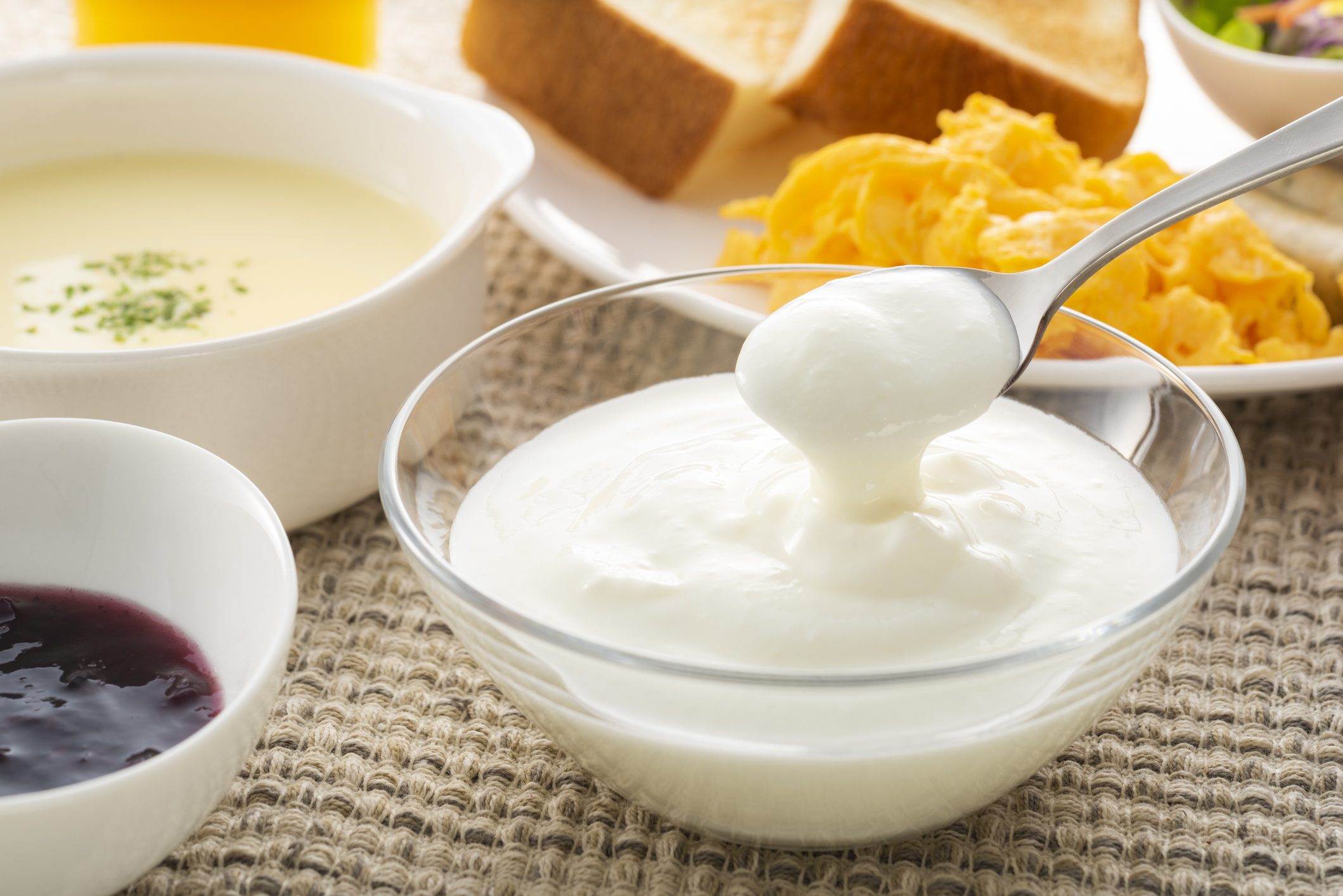;)
If you’re considering going gluten-free, you may think it’s a simple case of avoiding bread products, pasta and crackers that aren’t labeled ‘gluten free’. Unfortunately, that’s not the case, as there are many surprising hidden sources of gluten in food.
Since gluten intolerance and celiac disease have become more mainstream, there are many gluten-free alternatives to products you might normally rely on, which helps to make life easier.
Read on to find out which popular foods may have gluten lurking in them, and find out what you can eat as a substitute.
1. Blue Cheese & Blue Cheese Dressing

There’s a lot of debate about whether blue cheese contains gluten, and the reason is because it’s made with penicillium spores that may or may not have been grown on a medium that contains gluten, such as rye bread.
It’s hard to get clear answers to this question, so it’s best to err on the side of caution. Look for items containing blue cheese that are certified gluten-free.
2. Pringles

Yes, sadly it’s true. Pringles contain wheat ingredients. You may not be able to enjoy the taste of Pringles anymore, but there are several companies that make crisps (or chips if you’re in the U.S.) that are gluten-free.
Check the manufacturer’s website of your favourite brand to see if they are gluten-free.
3. Oats

Oats have long been touted as a perfect gluten-free grain, and they are – by themselves. The problem arises when commercial farms grow oats and other crops together. These crops can include wheat, barley, rye and other grains, and cross contamination happens whenever the wind blows, and also on the production line after harvest.
You can buy oats that are marked gluten-free. They are grown, harvested and processed in special facilities that are guaranteed to be gluten-free. For those who’s sensitivity is extreme, the website Gluten Free Watchdog keeps a list of companies that voluntarily keep to a gluten-free purity protocol with their oats.
4. Sauces, Gravies and Salad Dressings

If you’ve ever made a roux sauce, you’re probably aware that wheat flour is used as a common method of thickening it and also many gravies and sauces too. This is true of commercially produced gravy and sauces too. Even pre-made salad dressings may contain gluten, even simple ones like balsamic vinaigrette.
If you cook at home, you can use cornstarch to thicken sauces instead of flour. When buying store-bought ones, check the labels carefully for gluten ingredients.
5. Cornbread

Cornbread often contains a mixture of cornmeal and wheat flour, and this is true of restaurant cornbread as well. Unless you know that something is completely gluten-free, do not assume that it contains no wheat products.
If you love cornbread, you can make it yourself using gluten-free ingredients. Some companies also offer gluten-free cornbread mixes if you don’t have time to make the bread from scratch.
6. Soy Sauce

Although traditional soy sauce brewing methods vary across countries and manufacturers, most methods involve wheat.
If you love soy sauce, try tamari sauce instead. It’s produced across Asia, although it’s a specifically Japanese style sauce. The good news is that many tamari sauces don’t use wheat in production, but do check the bottle to make sure.
7. Sweet Treats

Sadly, lots of sweet treats and candy bars contain gluten. Milky Way, Almond Joy and Twizzlers are some examples.
On a more hopeful note, there are plenty of sweets that are gluten-free, and the Celiac Disease Foundation has a list of them on its website.
8. Medicine and Supplements

The whey protein that is used in many supplements and protein powders does not contain gluten on its own, but often protein bars and drinks have added wheat-based ingredients.
Many supplements and medications use starches as binding agents, and sometimes wheat starch is involved. The Celiac Disease Foundation has a guide on their website about making informed decisions about your medication and gluten consumption risks.
;Resize,width=712;)
;Resize,width=712;)

;Resize,width=767;)
